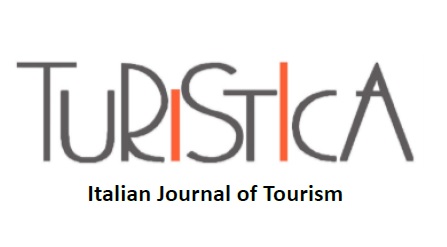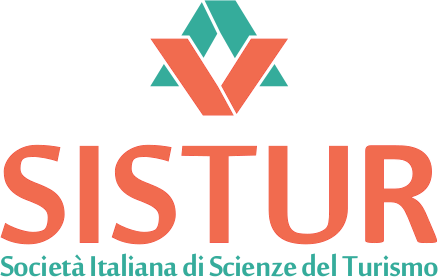External shock and tourism: real and media impact
pubblicato nel numero 2016 anno 4

In the last two decades the tourism sector has faced numerous crises and external shocks such as terrorist attacks, natural disasters, political instability, economic recession and uncontrolled migration. The effects of these events are almost immediate, with a negative impact on the flows and image both of the damaged destination and often of the adjacent ones. These events and their resonance are the major challenges for destinations and tourism organizations that should first try to survive and then retrieve attractiveness and competitiveness. The paper aims to identify and suggest an approach to external shocks that conceptualizes the inclusion in the process of development of destinations, increasing its capacity of absorption and management. For this purpose, we analyzed two cases of natural disasters (earthquake in Assisi occurred in 1997 and the tsunami in Thailand in 2004 for a period of respectively 10 and 15 years) and the role of media in the relationship between tourism and terrorism. The analysis was developed according to the guidelines of the duration and extent of the effects, measured through objective dimensions (flows) and processes (communication and media). The results allowed us to trace the directions through which the relationship between external shocks and tourism evolves in the recovery ability of the destination. We identified the two essential conditions for the development of the absorption process. The first is the need for a plan of management of the effects of disasters, including a direct integrated communication plan to all stakeholders (tourists, operators and residents). The second one is the need to include the management of external shocks in plans for the development of destinations, transforming it from an extraordinary management in response to disasters or crisis occurred to an ordinary and constant attention in order to communicate and ensure safety, thus reducing the post event negative media impact and recovery time.


